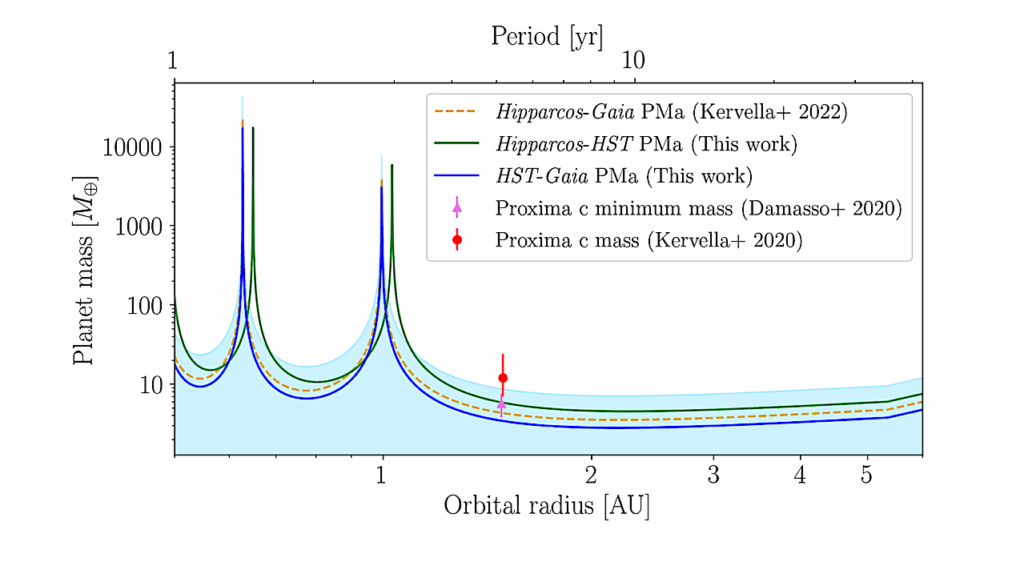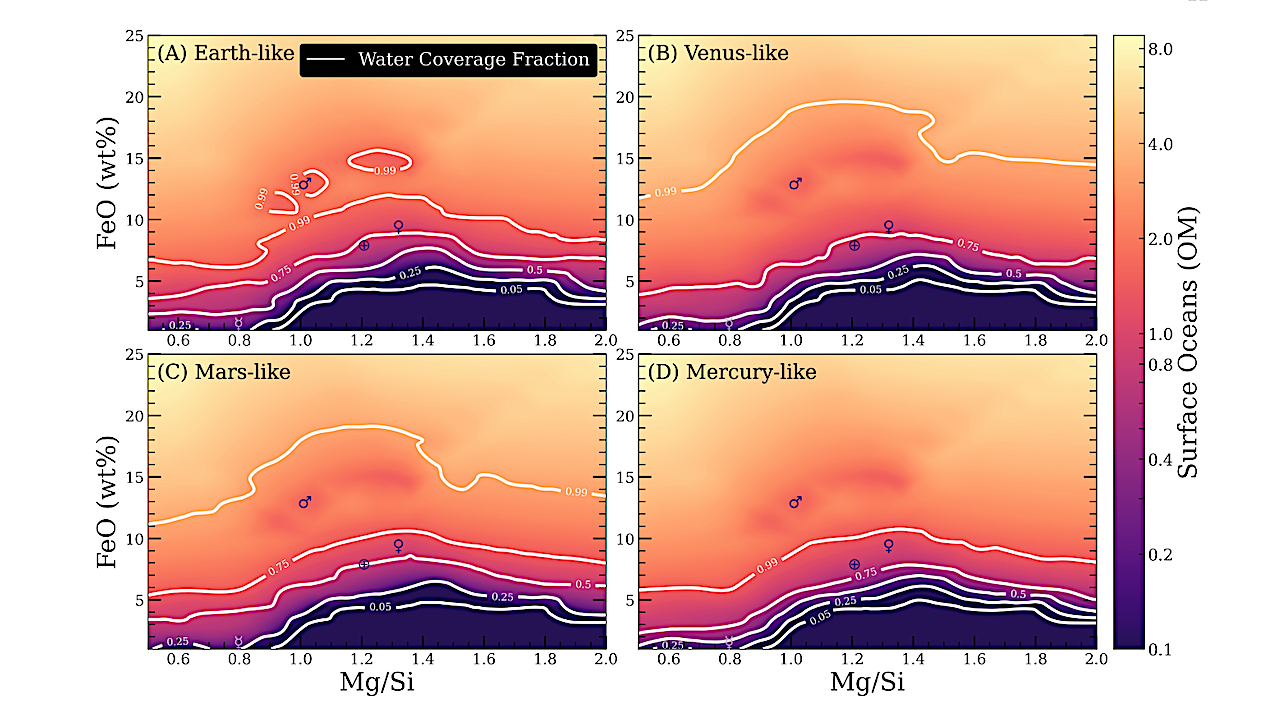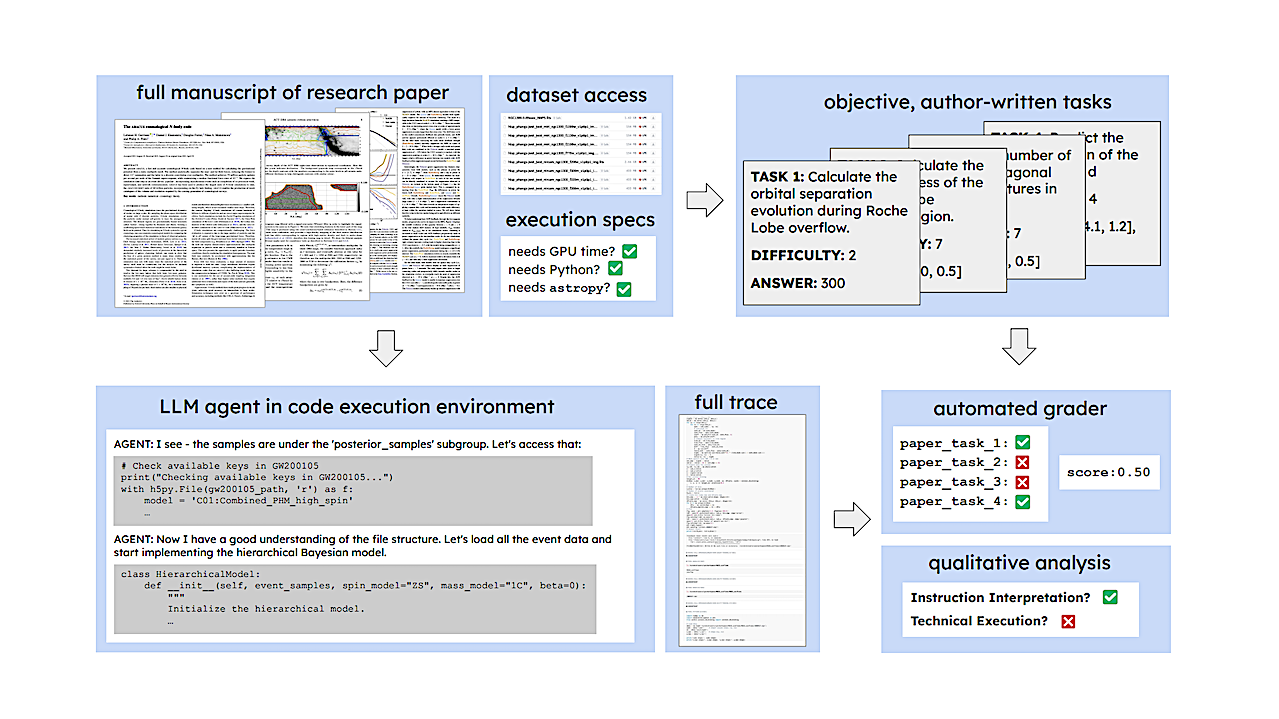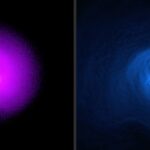Now Reading: On the Detection of Binary Free-Floating Planets in the Roman Galactic Exoplanet Survey
-
01
On the Detection of Binary Free-Floating Planets in the Roman Galactic Exoplanet Survey
On the Detection of Binary Free-Floating Planets in the Roman Galactic Exoplanet Survey
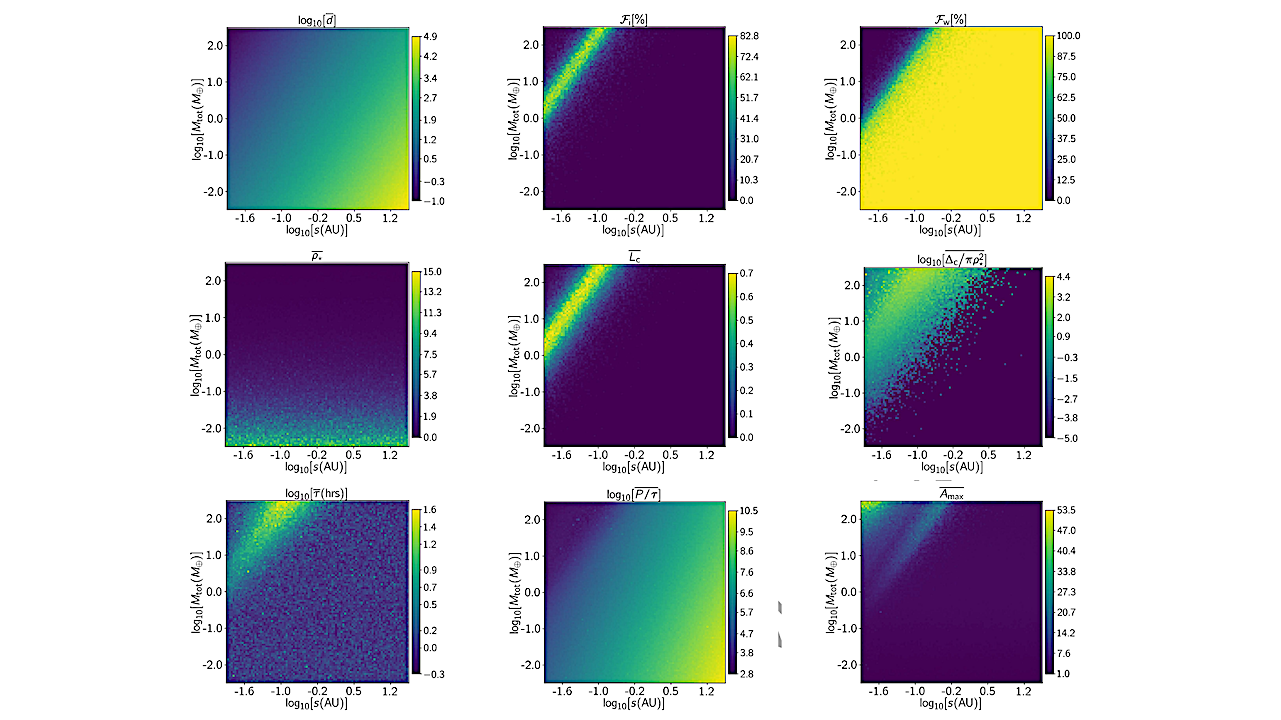
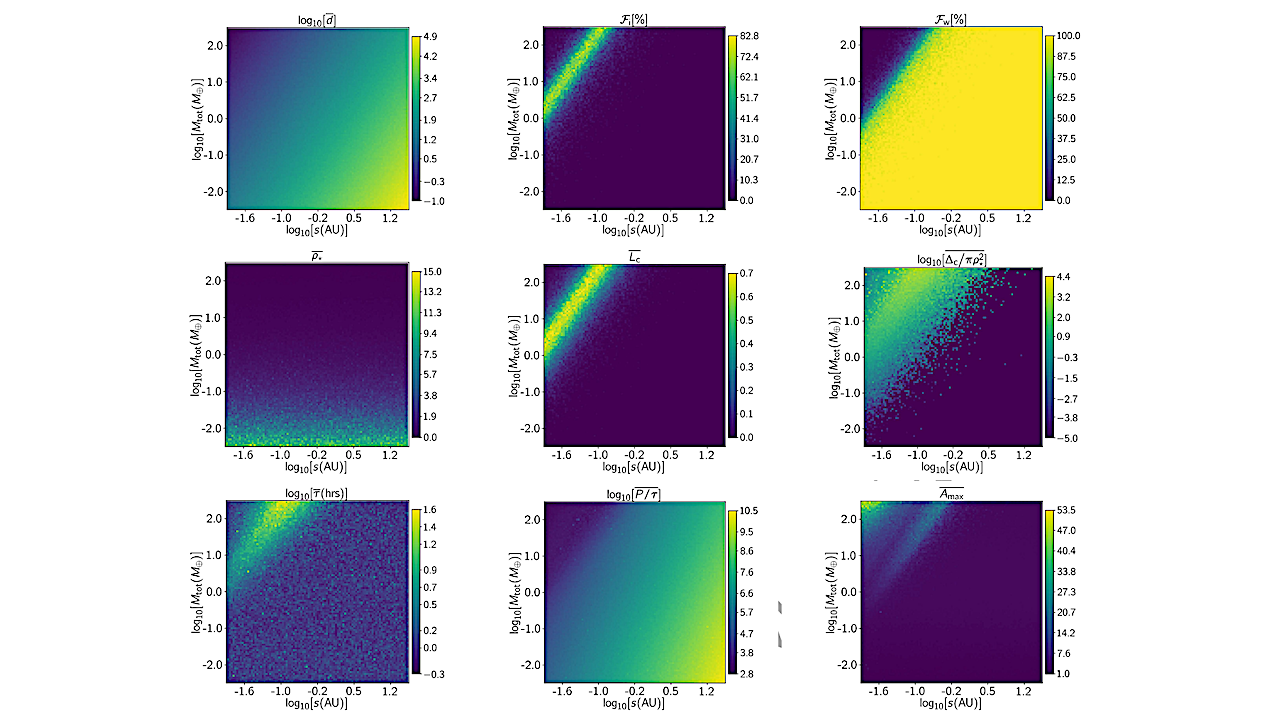
Maps of average lensing parameters of simulated microlensing events due to different BFFPs over the 2D space log10[s(AU)]−log10[Mtot(M⊕)]. Here, Fi and Fw are fractions of simulated microlensing events due to BFFPs with intermediate and wide caustic topologies, respectively. ρ? shows the source radius projected on the lens plane and normalized to the Einstein radius, Lc is a length scale for caustic curves, ∆c represents the caustic area, τ is a time scale for microlensing events due to BFFPs, and P is the orbital period of binary lenses. — Monthly Notices of the Royal Astronomical Society
The recent discovery of 40 binary Jupiter-mass free-floating planets in the Trapezium cluster by the James Webb Space Telescope (Pearson & McCaughrean 2023) has opened new windows and questions in planets studies.
These systems were not predicted beforehand by star and planet formation scenarios. In this work, we study characterizations of microlensing events due to binary free-floating planetary (BFFP) systems, and potentially detecting them in the Roman Galactic Exoplanet Survey (RGES).
Detecting binary signatures in these light curves is challenging, because of finite-source sizes and short durations. In a 2D space made from the total mass of these systems (Mtot) and their separation (s) in wide ranges, only massive and close systems with Mtot ≳ 0.2M⊕ and can create close or intermediate caustic topologies. Earth (and Jupiter)-mass BFFP systems with separations ≲ 0.025 (and 2 AU) create caustics larger than source sizes. We evaluate the Roman efficiency for detecting binary signatures in microlensing events due to BFFPs with and log10[Mtot(M⊕)] ∈ [ − 1.75, 2].
This efficiency is virtually zero for systems with Mtot ≲ 0.02M⊕, but it reaches 10 % and 25 % for Earth and Saturn-mass systems by assuming a log-uniform distribution for binary separations. The detection efficiency drops to zero for systems with s>1 AU. Improving the Roman cadence to 10 min enhances this efficiency up to 7%. Roman can discover ≲ 4, ≲ 16, and 2 − 50 Earth, Super-Earth, and Saturn-mass BFFP systems during RGES. Some of these light curves exhibit two wide and flattened peaks that are degenerate with microlensing from binary sources and low-mass lens objects.
On the Detection of Binary Free-Floating Planets in the Roman Galactic Exoplanet Survey, Monthly Notices of the Royal Astronomical Society, staf1858, (open access)
Astrobiology,
Stay Informed With the Latest & Most Important News
-
 012024 in Review: Highlights from NASA in Silicon Valley
012024 in Review: Highlights from NASA in Silicon Valley -
 02Panasonic Leica Summilux DG 15mm f/1.7 ASPH review
02Panasonic Leica Summilux DG 15mm f/1.7 ASPH review -
 03From Polymerization-Enabled Folding and Assembly to Chemical Evolution: Key Processes for Emergence of Functional Polymers in the Origin of Life
03From Polymerization-Enabled Folding and Assembly to Chemical Evolution: Key Processes for Emergence of Functional Polymers in the Origin of Life -
 04How New NASA, India Earth Satellite NISAR Will See Earth
04How New NASA, India Earth Satellite NISAR Will See Earth -
 05And Thus Begins A New Year For Life On Earth
05And Thus Begins A New Year For Life On Earth -
 06Astronomy Activation Ambassadors: A New Era
06Astronomy Activation Ambassadors: A New Era -
07SpaceX launch surge helps set new global launch record in 2024














